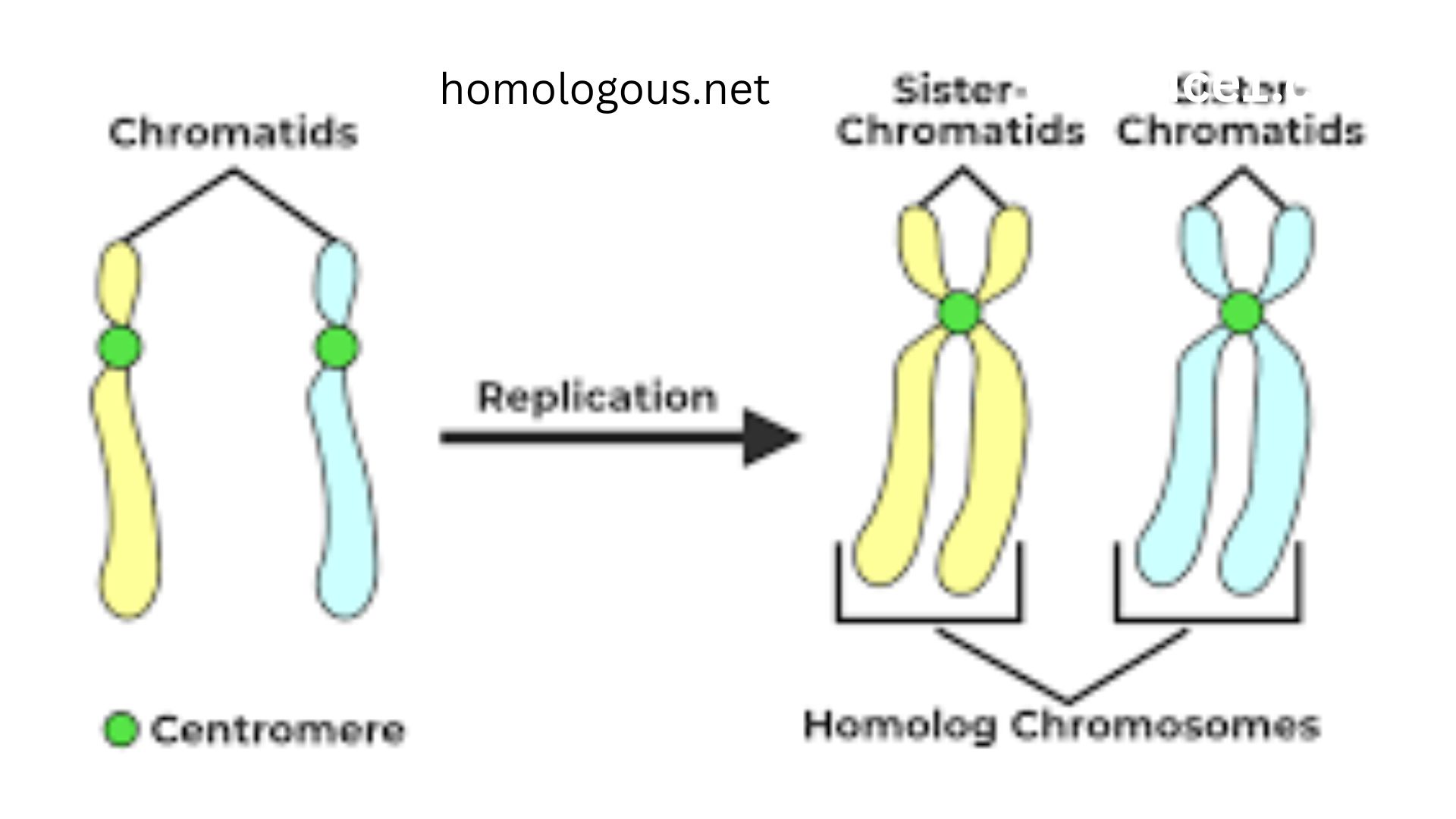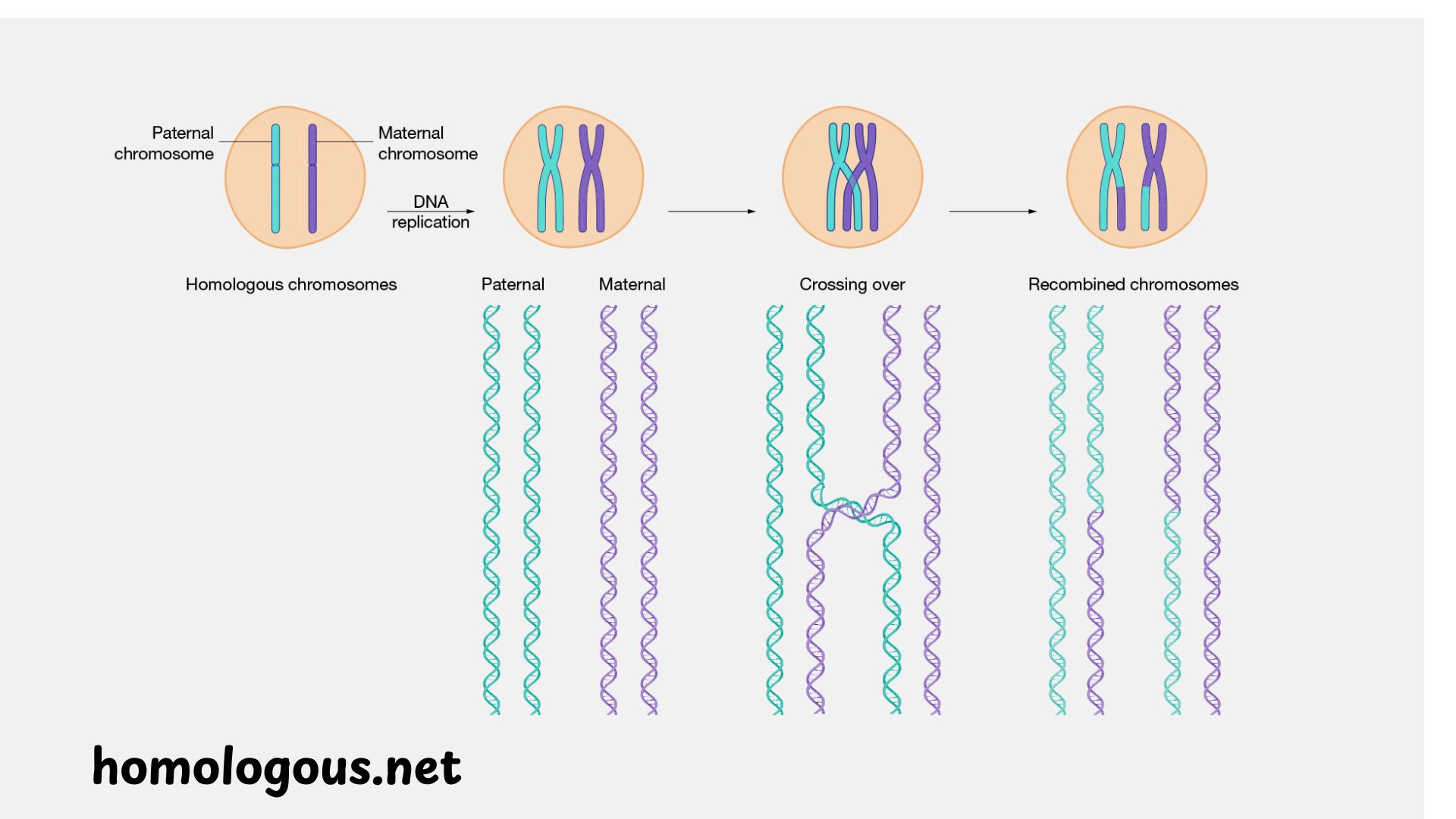The genetic material that determines what we are is contained in chromosomes. When we talk about inheritance, traits, and the passing of DNA from one generation to another, the concept of homologous chromosomes becomes essential. These chromosomes do not represent only bodies in the nucleus, but they are the framework to genetic variety, sexual reproduction, and the appropriate accomplishment of living things.
In simple terms, homologous chromosomes are pairs of chromosomes—one inherited from the mother and the other from the father—that are similar in shape, size, and genetic content. They are the bearers of the same kind of genes, but the alleles themselves, also called versions of the same gene, may vary. This variation is what brings about the variety of features in humans, vegetative characteristics and even species of animals.
Why should we care about homologous chromosomes? They give an explanation of why children resemble their parents, and at the same time are distinct people, why genetic conditions could and could not be inherited and why diversity is the greatest resource during evolution. With this knowledge of the pairings of chromosomes, we also come to the knowledge of how these mismatches can result in conditions as Down syndrome or abnormalities of other genome decreases.
Key Takeaways:
- Homologous chromosomes are chromosome pairs inherited from both parents.
- They are crucial to sexual reproduction and genetic variety.
- Mistakes in their behavior may result in a genetic disorder or abnormalities.
What Are Homologous Chromosomes?
Homologous chromosomes are chromosome pairs that have the same structure and gene sequence but may carry different versions of those genes. To illustrate, one chromosome on a pair can have the gene of blue eyes and the other chromosome on a chromosome pair can have the gene of brown eyes.
Each species carries a particular number of chromosomes, in these pairs of homologs. Human beings have 46 chromosomes/ 23 pairs. These two are made up of 22 autosomal pairs and one sex determining pair (XX in women, and XY in men). The important thing to keep in mind is that in all pairs, chromosomes are homologous, that is, have the same structure but contain distinct genetic possibilities.
A mere illustration in the real world is farming. Plant breeders use knowledge of homologous chromosomes to combine desired traits, such as disease resistance from one parent plant with high yield from another. This example in practice demonstrates that the concept does not stay boxed in to biology books; it is real and has a direct influence on food production and food sustainability.
Note: Understanding chromosomes is essential for grasping how traits and disorders are passed down through families.
Homologous Chromosomes vs. Non-Homologous Chromosomes
To make the concept clearer, let’s compare chromosomes with non-homologous chromosomes.
| Feature | Homologous Chromosomes | Non-Homologous Chromosomes |
| Definition | Pairs of chromosomes with similar size, shape, and gene sequence | Chromosomes that are not paired or do not share similar genes |
| Inheritance | One comes from mother, one from father | Independent, not related as a pair |
| Gene Content | Carry the same types of genes, possibly with different alleles | Carry completely different sets of genes |
| Example | Chromosome 1 from father and chromosome 1 from mother | Chromosome 1 and chromosome 2 in the same individual |
Alt text: Table comparing homologous and non-homologous chromosomes in terms of structure and function.
This difference matters because only chromosomes can pair up during meiosis, the special cell division that produces gametes (sperm and eggs). Fertilization would not take place to give viable young without corresponding pairing.
The Role of Homologous Chromosomes in Meiosis
Meiosis involves division of cells to give half rice reduction to cells resulting into halved chromosomes forming gametes. During meiosis I, chromosomes line up and exchange genetic material in a process called crossing over. This recombination guarantees that child bearing ensures that they bear traits that are a mix up of traits.
As an example, an allele of tall height and one of average height may appear on separate chromosomes of a father, and during crossing over, it becomes possible that the child will receive a different combination than that projected. It is this randomness that has continued the process of evolution through encouraging genetic diversity.
Scientists of the National Human Genome Research Institute underline that even a single mistake in this procedure can cause grievous problems to health. For instance, if homologous chromosomes fail to separate properly (a condition called nondisjunction), the result may be genetic conditions such as trisomy 21, commonly known as Down syndrome.
Note: Proper segregation of chromosomes during meiosis is crucial to preventing genetic abnormalities.
Case Studies and Real Life Applications
The importance of homologous chromosomes goes beyond theory. These are some of the practical situations around us where they are important:
- Medical Genetics: Genetic counselors use knowledge of homologous chromosomes to assess the risk of inherited conditions such as cystic fibrosis or sickle cell anemia.
- Forensics: DNA fingerprinting relies on analyzing genetic markers on chromosomes to identify individuals accurately.
- Evolutionary Biology: By studying chromosomes across species, scientists can trace evolutionary relationships and genetic changes over millions of years.
- Agriculture: Plant breeders often induce crossing over in homologous chromosomes to create new hybrid plants with better traits.
An example that can be touted as well documented is that of the use of homologous chromosome studies in cancer study. In some cancers, chromosomes may carry altered genes (mutations) that trigger uncontrolled cell division. Correction/silencing of these faulty alleles is the aim of treatments such as gene therapy.
Homologous Chromosomes and Genetic Variation (Comparison Table)
Multiplex nature is one of the most important consequences of the behavior of the similar chromosomes. Compare sexual and asexual reproduction to see how they help:
| Feature | Sexual Reproduction (Homologous Chromosomes) | Asexual Reproduction (No Pairing) |
| Chromosome Behavior | Homologous chromosomes pair and exchange DNA | No pairing, exact DNA copy passed on |
| Genetic Variation | High, due to recombination and independent assortment | Very low, offspring are clones of parent |
| Example | Humans, animals, flowering plants | Bacteria, some fungi, single-celled organisms |
Alt text: Table that emphasizes differences between genetic variation as the result of sexual and asexual reproduction and behavior of chromosomes.
This explains why sexual reproduction generates variability in the populations whereas asexual reproduction is prone to develop copies of identical organisms. Evolution depends on this variation—without chromosomes, species would lack the ability to adapt to changing environments.
Conclusion
Homologous chromosomes may sound like a technical term from a biology class, but they form the basis of life as we know it. Sometimes determining the eye color, sometimes affecting the likelihood of developing a particular genetic disorder, these pairs of chromosomes capture much of how characteristics are inherited and why there is variation. Knowing about them also allows us to comprehend why siblings resemble one another, even though no two siblings are ever exactly the same, why crops can be selectively bred to have increased yields, and why the study of chromosomes can play a major role in the realms of medicine and evolutionary biology.
The next time you think about inheritance or diversity in nature, remember that chromosomes are at the heart of it all. They not only influence the lives of individuals but the survival of species.
FAQs
Q1: What are homologous chromosomes in simple terms?
A: Homologous chromosomes are pairs of chromosomes, one from each parent, that carry the same types of genes.
Q2: How do homologous chromosomes differ from identical chromosomes?
A: They do differ structurally and in gene type but may have alternate copies (alleles) of those genes.
Q3: Why are homologous chromosomes important in meiosis?
A: They assure you of genetic diversity by use of crossing over and appropriate chromosome separation.
Q4: Can problems with chromosomes cause disorders?
A: Yes, such faults as nondisjunction can cause such conditions as Down syndrome.
Q5: How much is the number of homologous chromosomes pairs in humans?
A: Humans have 23 pairs of homologous chromosomes, including one pair of sex chromosomes.




